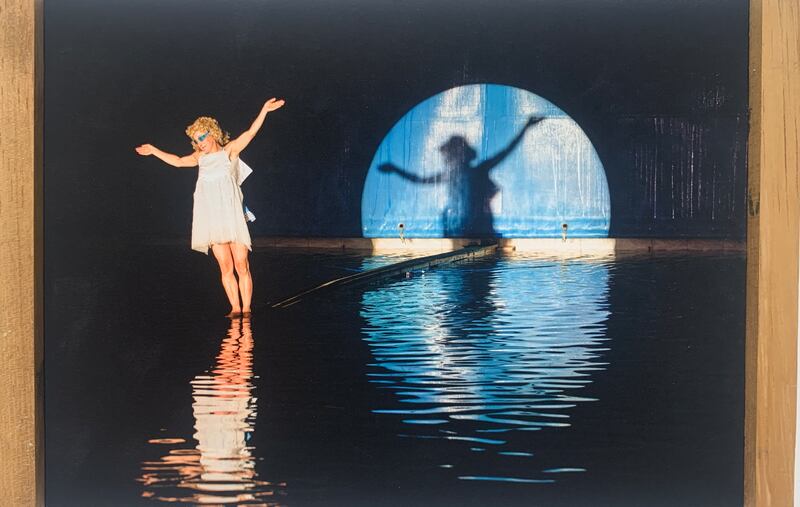The Outlaws Are Back
Laneway Gallery, Cork
★★★★☆
According to the artist Serge Le Belge, the name for the Cork-based Outlaws studios and collective was inspired by the renowned puppeteer Cliff Dolliver. Dolliver, who is from Tasmania, was looking for an inexpensive studio to use as a workshop when a builder got in touch and offered to split the rent for his tool storage space. The space was on the upper-floor offices of the old Ford factory in the city’s industrial marina.
Dolliver pounced on the opportunity. When he arrived he was confronted by the sight of room after room filled with construction waste, but he saw the site’s potential: cleared out, the offices could be converted into a whole suite of studios, somewhere that a group of artists might gather to form a co-operative. In time, this was what transpired, and one participating artist, riffing on Dolliver’s national culture, called the group the Outlaws. The name stuck.
Twenty years later the studio-centred collective is a long-standing fixture of the city’s artistic community. Due in part to their underground ethos, they don’t share a lot of information about themselves online. The group is disparate but collaborative, and they carefully safeguard their independence. Their wide range of influences, styles and practices is captured forcefully in their newest exhibition at the Laneway Gallery, on Shandon Street in Cork.


Apart from Le Belge, there are works by Anne Hoel, Brian Leach, Tom Doig, Richard Coghlan, Megan Collins, Elisa Gallo Rosso, Kirstin Walsh, John Corkery, Tom Campbell, Jude O’Neill and Natasha Bourke. Diversity accepted, there are clear lines of correspondence and contamination between artworks in the exhibition. Leach’s sound sculpture, for instance, consisting of rusted sheet metal, wooden frame and looped drones, pairs arrestingly with a series of black-and-white photographs by Coghlan, whose work features a nude subject under forest canopy, physically contorted and superimposed across time. Taken together, their work suggests a mutual preoccupation with the phenomenology of conscious experience; the materials they use, layering sound and image, have a severe, structural quality.
READ MORE
Colour also abounds in pockets of the show. In a room annexing the central space, works by Collins and Corkery leap out, sharing an affinity for vibrant tones. Corkery’s big oil portrait Snowwhite (Filmstar) is seething with red, yellow and purple. The scenes that Collins portrays are as imaginatively surreal as their colours are bold: owing something to symbolist and folkloric figural painters such as Franz von Stuck, Frida Kahlo and Paula Rego, Collins’s work conjures the spectres of trauma and female repression but also something more therapeutic, like personal absolution.


In a show this numerous, of course, it’s impossible to cover everything, but Bourke’s photography and exhibition film must be mentioned. She is enjoying a moment of national visibility after her acclaimed, genre-defying solo performance work Kilter, Matter and Ghosts, at the Gus Healy swimming pool last month. Bourke’s work here is an iteration of that project, and the still images in particular are compelling studies in contrast lighting that feature several of Bourke’s avatars, conducting bizarre rituals within a nebulous, otherworldly body of water.
An irresistible show in one of the city’s up-and-coming art spaces.
The Outlaws Are Back is at the Laneway Gallery, Cork, until Saturday, July 20th















